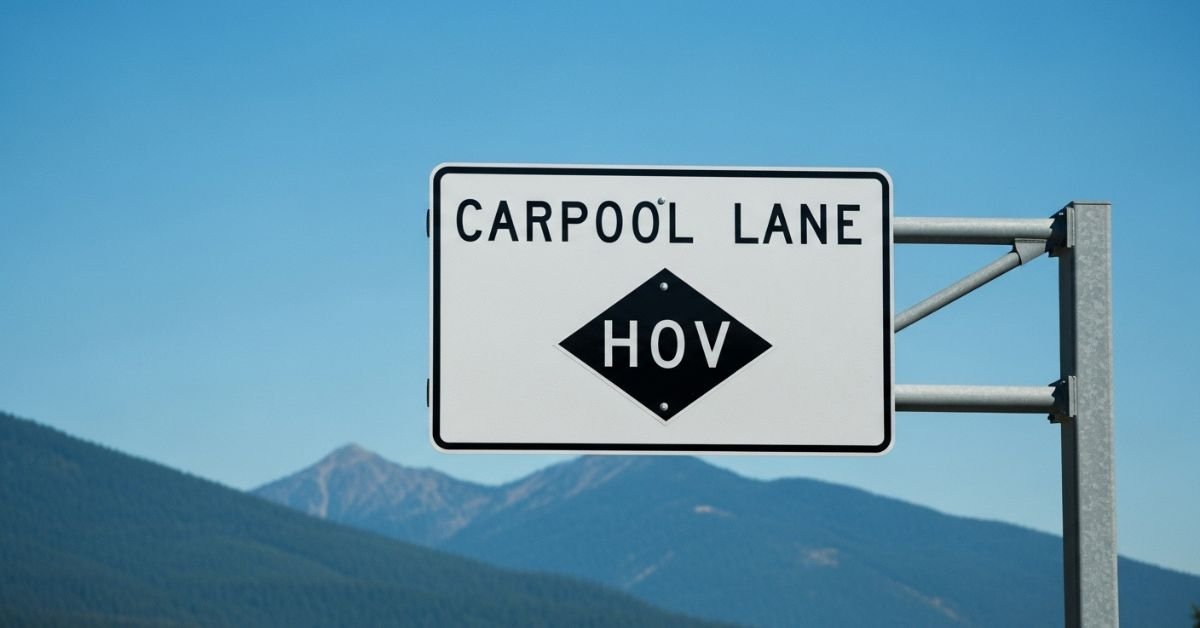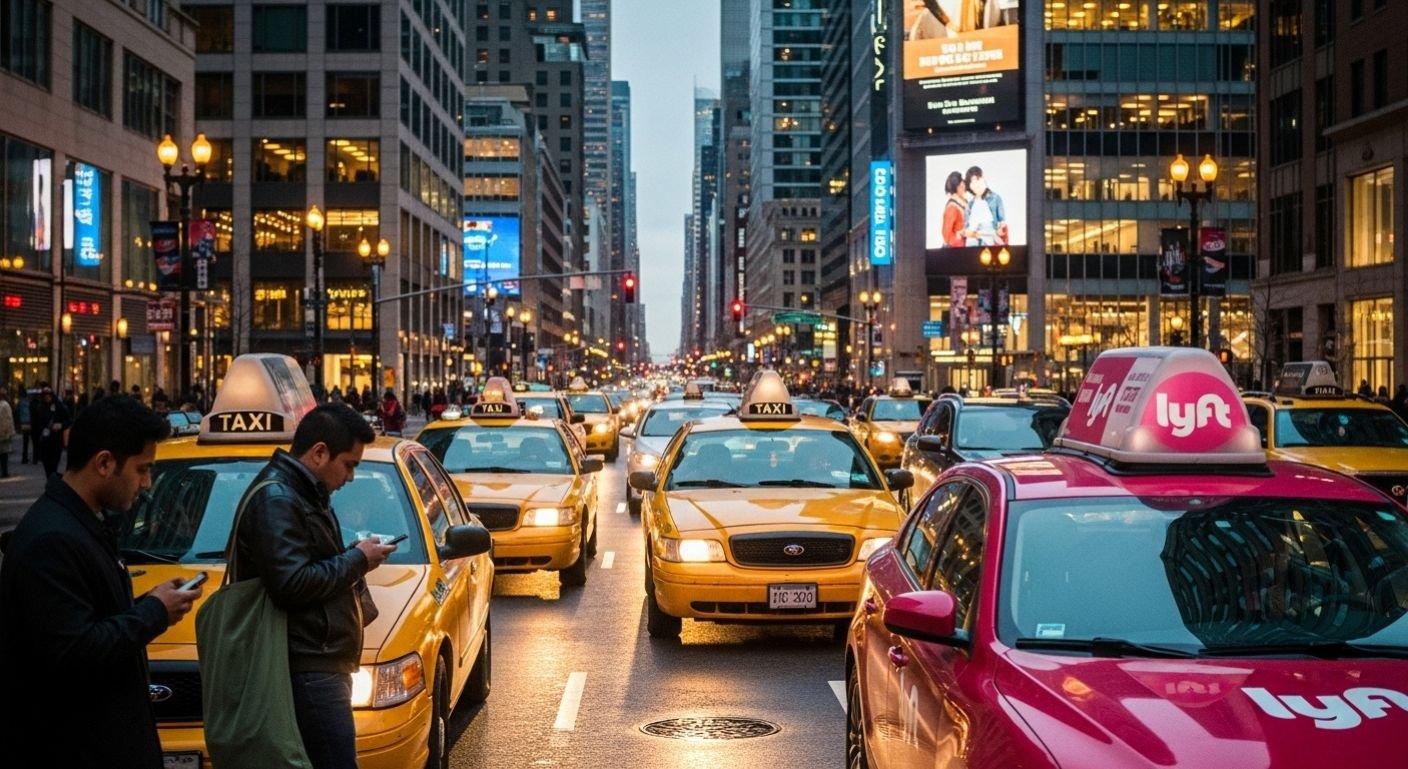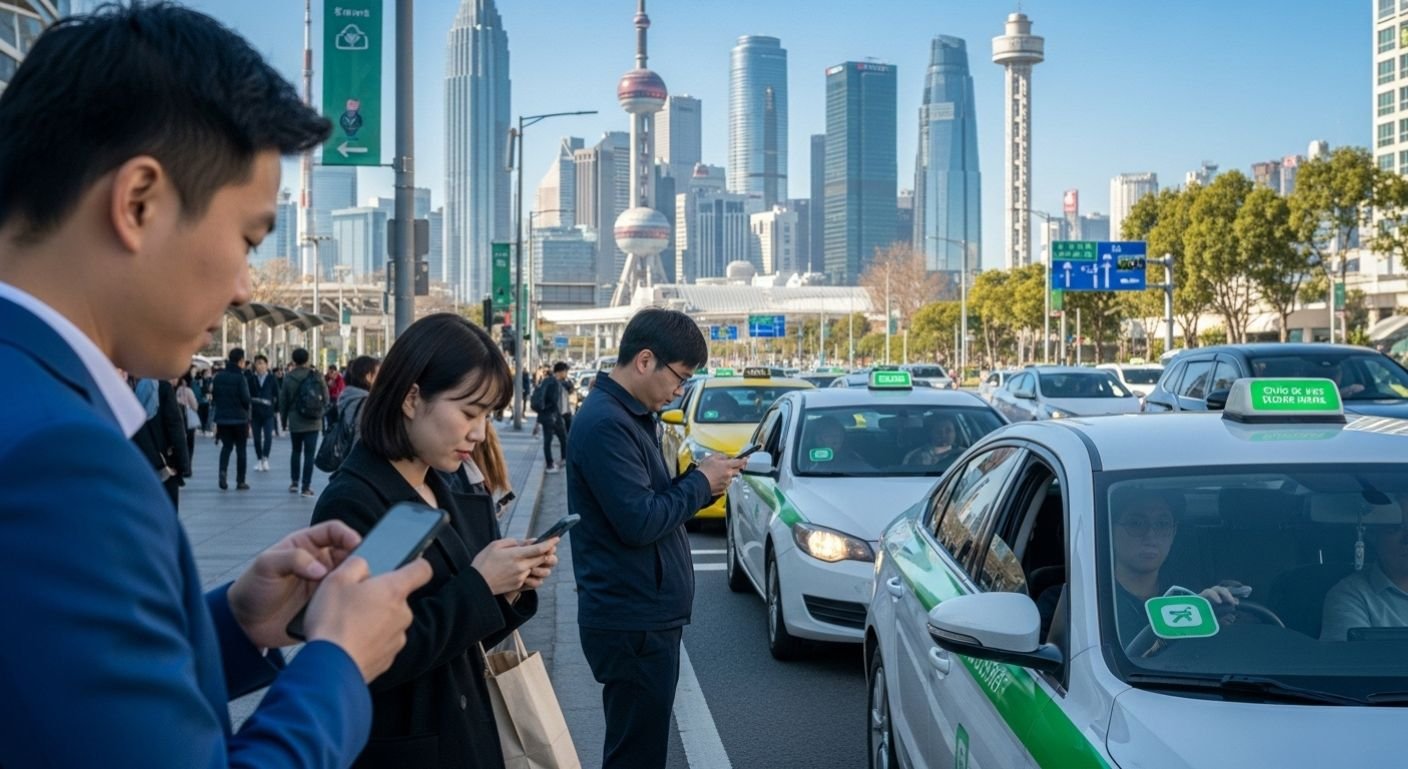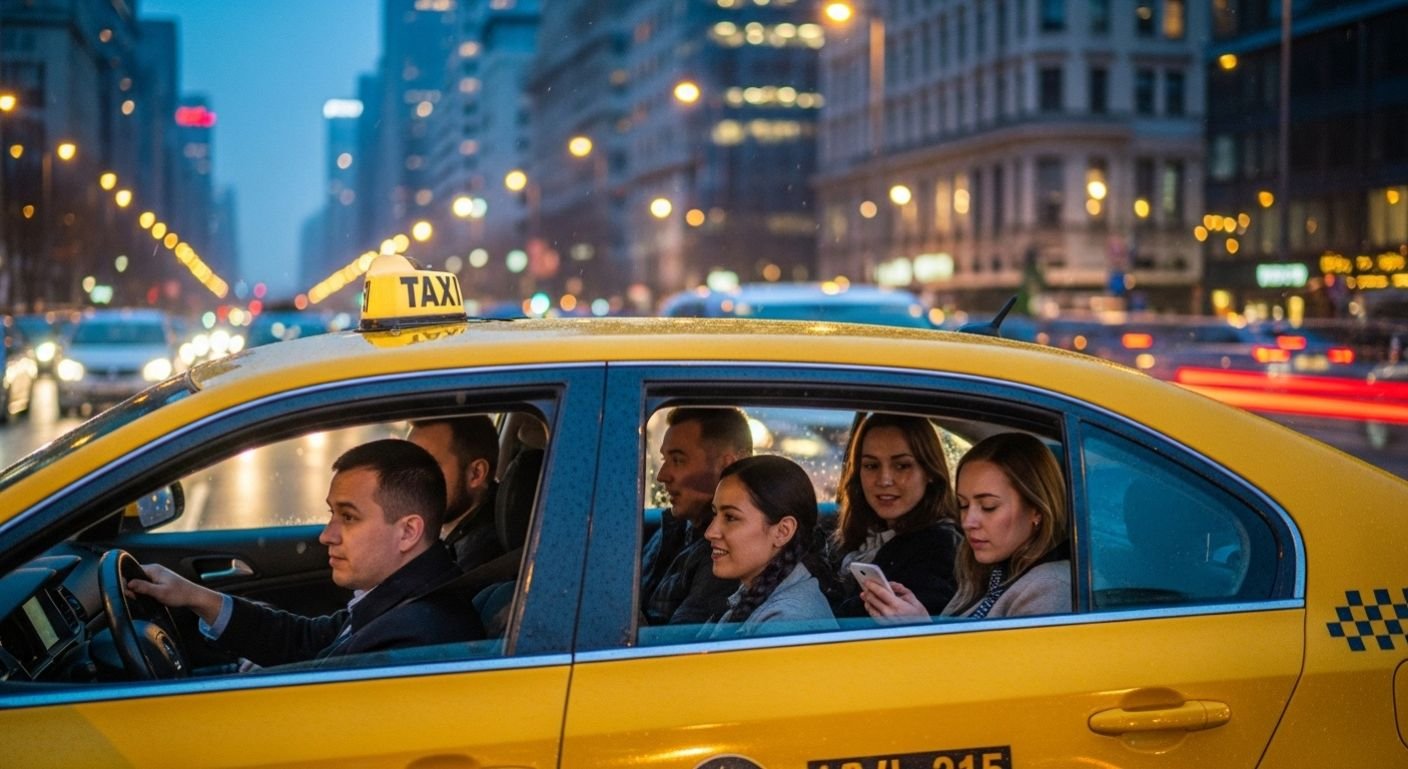Contents
Introduction to Carpool Lanes in Washington State
Carpool lanes are a familiar sight on Washington State highways, but they often come with a bit of confusion. Are you unsure about the rules? Or maybe you’re wondering if those lanes are worth the hassle? Well, you’ve landed in the right spot! This guide will take you through everything you need to know about carpool lanes in Washington for 2025 and beyond.
Whether you’re commuting to work or heading out for a weekend adventure, knowing how to navigate these special lanes can save you time and frustration. From understanding different types of carpool lanes to learning who can use them, we’ll cover it all. Let’s dive into this essential guide that will change how you think about your daily drives!
Types of Carpool Lanes
Washington State features a variety of carpool lanes to accommodate different commuting needs.
HOV (High-Occupancy Vehicle) lanes are the most common. They require at least two passengers in the vehicle during peak hours, promoting shared rides and reducing congestion.
Express toll lanes offer flexibility. Drivers can choose to pay a fee for solo travel while still allowing carpools to use them without cost, encouraging efficient road use.
Some areas have designated bus-only lanes that provide rapid transit options, enhancing public transport efficiency.
Additionally, temporary or seasonal carpool lanes may be implemented during events or peak travel seasons to manage increased traffic effectively. Each type serves its purpose by improving flow and reducing overall gridlock on Washington’s busy roads.
Requirements to Use a Carpool Lane
To use a carpool lane in Washington State, specific requirements must be met. First and foremost, the vehicle needs to have at least two or three occupants, depending on the lane’s designation. Check local signs for exact specifications.
Next, you’ll need to ensure that your vehicle complies with emissions standards if you’re driving a hybrid or electric car. These eco-friendly vehicles often have additional privileges in certain areas.
It’s also important to note that some highways feature HOV (High-Occupancy Vehicle) lanes during peak hours only. Make sure you’re aware of these time restrictions before merging into a carpool lane.
Always keep an eye out for proper signage indicating when and where carpool lanes are applicable. Being informed is key to making the most of this transportation option without running into any issues while on the road.
Benefits of Using a Carpool Lane
Carpool lanes offer a more efficient way to travel. They are designed specifically for vehicles carrying multiple passengers, which helps reduce congestion on busy roads.
By using these dedicated lanes, you can often enjoy a faster commute. When traffic slows down in regular lanes, carpoolers glide past the standstill.
Environmental benefits come into play too. Fewer cars on the road mean reduced emissions and less pollution. This is a great step toward protecting our planet.
Economic savings are another perk. Carpooling lowers fuel costs since you share rides with others. It also reduces wear and tear on your vehicle over time.
There’s the social aspect. Sharing rides allows for connections with fellow commuters while making your drive more enjoyable through conversation or simply sharing company during trips.
Navigating carpool lanes can be a breeze with the right tips in mind. First, always check for signs indicating the specific hours of operation. Some lanes are active only during peak commute times.
Stay alert to lane markings and symbols. They indicate how many passengers are required to use that particular lane. Familiarize yourself with these rules to avoid fines.
If you’re new to carpooling, consider using apps or websites designed for finding carpool partners. These tools help you connect with others heading your way and maximize your benefits from the lane.
When driving in a carpool lane, maintain a consistent speed and stay aware of other vehicles around you. Merging safely is crucial since traffic patterns can change quickly.
Don’t forget about emergency procedures. Know what to do if you encounter vehicle trouble while in a designated lane; this knowledge keeps everyone safe on the road.
Common Mistakes to Avoid
One common mistake drivers make is entering the carpool lane without checking occupancy requirements. It’s crucial to know how many passengers you need to qualify, as rules vary by location.
Another frequent error involves ignoring posted signs. These indicators provide vital information about times when the lanes are in effect. Missing them can lead to costly fines.
Some drivers mistakenly believe they can use a carpool lane for any reason, such as making quick turns or merging late. These maneuvers not only disrupt traffic but may also result in penalties.
Failing to display proper vehicle stickers can lead to complications. If you’re driving an eligible vehicle but lack the necessary decals, you might find yourself pulled over and facing repercussions.
Future Changes and Updates to Carpool Lane Rules
Washington State is continuously evolving its transportation policies, and carpool lane regulations are no exception. As traffic conditions worsen and environmental concerns grow, officials may consider expanding existing lanes or introducing new ones.
With advances in technology, there’s potential for dynamic lane management. This might include variable pricing based on demand or time of day, encouraging carpooling during peak hours while optimizing road use at other times.
Furthermore, upcoming legislation could target electric and hybrid vehicles, allowing them to access carpool lanes with less than the standard number of passengers. This would promote greener commuting options while addressing congestion issues.
Residents can expect more public discussions as these changes unfold. Engaging in local forums will help shape future rules that balance efficiency with community needs. Keeping an eye on updates from Washington State Department of Transportation ensures you stay informed about what’s coming next.
FAQ
Carpool lanes can raise a lot of questions for drivers. Here are some frequently asked queries that might help clear things up.
Many people wonder about the minimum number of occupants required to use these lanes. Typically, two or more passengers need to be present in the vehicle, but this might vary by location.
Another common question is whether motorcycles can access carpool lanes. In Washington State, yes they can! Motorcycles are generally allowed as long as they follow other regulations.
Some drivers also ask if electric vehicles qualify for special access. While certain EVs may get exemptions based on local rules, it’s always best to check state guidelines first.
Confusion often arises around what happens if you’re caught violating carpool lane rules. Penalties usually involve fines and possibly points on your driving record—definitely something to avoid!
Also Read Latest and Related Post:
Carpool Lane Sign – Meaning, Rules & Driving Tips
Conclusion
Navigating the complexities of carpool lanes in Washington State can make your commute smoother and more efficient. Understanding the types of carpool lanes, their requirements, and the benefits they offer are essential for maximizing your travel experience.
By following some simple tips and avoiding common mistakes, you can take full advantage of these designated lanes while contributing to reduced traffic congestion and lower emissions. The future holds potential changes that may further enhance carpooling opportunities in Washington State, making it worthwhile to stay informed.
Whether you’re a seasoned commuter or just starting to explore alternative transportation options, embracing the rules surrounding carpool lanes is a step towards smarter driving habits. Adopting this practice not only benefits you but also supports broader environmental goals by promoting shared rides. Enjoy your journeys ahead!




